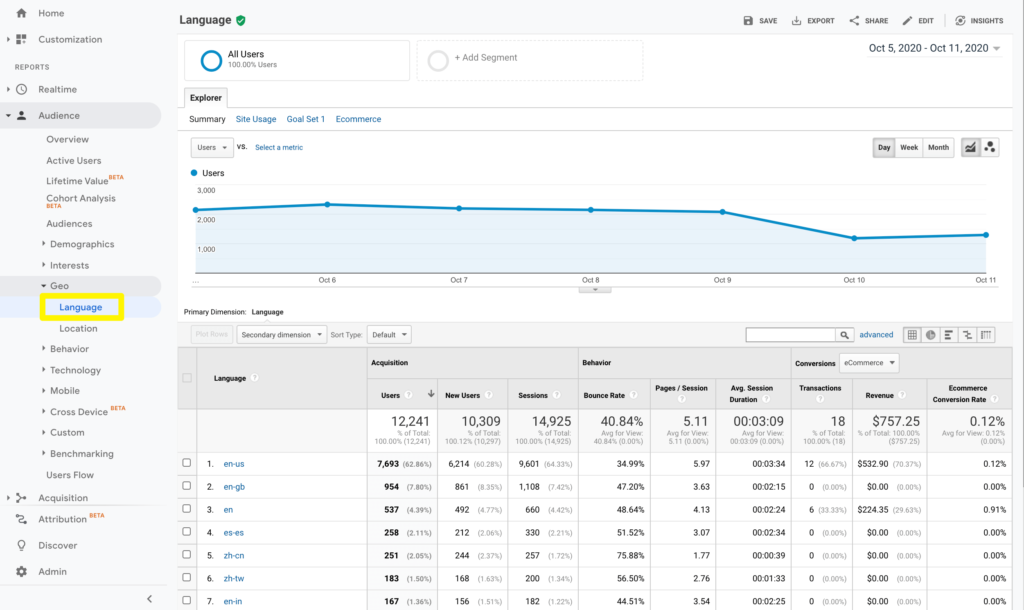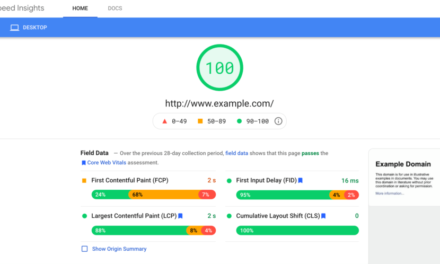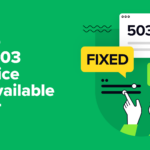To grow your business, you need to provide the best possible service to the widest audience. However, it’s difficult to achieve this goal if you don’t offer multilingual customer support. After all, your website has the potential to reach a global user base.
Thankfully, there are several ways to provide exceptional support to all your customers, even on a multilingual site. By connecting with visitors in their own languages, you can present yourself as an international company that has the resources and drive to maintain a global audience.
In this post, we’ll discuss why providing multilingual customer support is a smart move for your business. Then we’ll share four ways that you can offer support across borders and cultures. Let’s get started!
Why You Should Offer Multilingual Customer Support on Your WordPress Site
Whenever a customer contacts your support team, their experience will help them decide whether to remain loyal to your brand or take their business elsewhere. There are many ways to offer an exceptional level of service, but speaking the customer’s language is an important one.
Here are just a few reasons why it’s vital to offer multilingual support:
- It can put you ahead of your competition. According to estimates, 60 percent of all online content is in English and 34 percent of contact centers only support one language. By translating your support channels, you immediately set your brand apart from your competition.
- Speaking your customers’ languages builds trust. By communicating with customers in their native languages, you’re demonstrating respect for their linguistic and cultural differences. This can help you connect with them on a deeper level.
- You’ll improve your overall customer experience. According to research, 65 percent of consumers prefer to access content in their native language, even when it’s of poor quality. While you should always strive to provide the best possible experience, it’s reassuring to know that your customers will likely appreciate your efforts regardless.
- It may help you collect varied feedback. It’s difficult to build meaningful relationships when there’s a language barrier. By opening a two-way dialog in customers’ preferred languages, you can encourage them to share feedback they might not feel uncomfortable communicating in English.
- You can ensure brand consistency. By interacting with your international customers directly, you maintain control over your messaging. This will help you deliver a more consistent experience, compared to relying on a third-party agency or user forums.
As you can see, there are a lot of reasons to make the effort to provide multilingual customer support. Let’s take look at a few methods for doing so.
How to Implement Quality Customer Support for Multilingual Websites (4 Key Tips)
Maybe you run a startup and are eager to expand into new markets. Perhaps you already manage an international enterprise and want to build better connections with your clients. Whatever your situation, these four solutions can help you break through your business’ communication barriers.
1. Hire Native Speakers for Your Support Team
For consumers who have questions, concerns, or feedback, customer support is typically their first port of call. However, if these conversations are plagued by misunderstandings, then they’ll come away with a negative impression of your company.
To ensure these interactions are positive, you should try to recruit native speakers of the most common languages spoken by your customer base. This can reduce miscommunications and ensure that your support team follows cultural etiquette.
Identifying the most popular languages among your current customer base and hiring native speakers of these languages will help you achieve the highest possible Return On Investment (ROI). You can gain insight into your current audience using a tool such as Google Analytics.
After logging into your Google Analytics dashboard, select Audience > Geo > Language:

This dashboard displays an overview of the language settings in each visitor’s web browser. These languages are represented as ISO 639 language codes, with an optional ISO 3166 country code.
Sometimes, these codes will be self-explanatory. For example, eng is English, and ger is German. However, not all ISO codes are so obvious. If you’re unsure, then you can always open your favorite search engine and type “ISO 365” followed by the code in question. This should return the information you need.
2. Offer Your Documentation in Multiple Languages
When targeting a global audience, you’ll often encounter contrasting time zones and cultural holidays. This may mean there are times when your support team is unavailable during normal business hours in another country.
Fortunately, self-help services are available 24/7. If you provide multilingual documentation, customers can access these resources on-demand whenever it suits them.
If you already have a knowledge base of self-help resources, then you should try to translate these assets into multiple languages. Ideally, you’ll hire a native speaker for this task.
If you don’t have a native speaker of your target language on your team, consider partnering with a localization agency. The team behind the WordPress translation plugin WPML has published a list of recommended professional translation companies that may be helpful in this area.
Your localized documentation doesn’t have to be a word-for-word translation. The beauty of partnering with native speakers is that they can often suggest modifications to help your content resonate with its target audience.
For example, your support documentation may contain examples or scenarios that aren’t as relevant in other cultures. They might also reference events or media that would be unfamiliar to international customers.
A native speaker can often replace these sections with familiar, culturally-relevant content that will create the impression these resources were written specifically for your target demographic.
After translating all of your content, you’ll need a way to deliver it to your audience. You can host multiple versions of the same content using a plugin such as Polylang:

This free WordPress plugin adds a language picker to your website so visitors can access your resources in their preferred languages.
3. Add a Live Chat to Your Website
Live chat is a popular online support channel amongst customers. It provides them with the instant feedback of a telephone call while giving them freedom to multitask. It’s also much faster than waiting for a response over email.
You can add live chat to your site using a WordPress plugin such as WP Live Chat by 3CX:

This plugin enables you to add unlimited customer support agents who can exchange messages with your customers in real-time. Since there’s no limit on the number of team members who can use this tool, you can ensure there are native speakers of all the most popular languages of your site’s visitors available via this channel.
Additionally, WP Live Chat is compatible with WPML. While this doesn’t mean it can translate live support responses, you can make sure text provided by the plugin (such as your Chat button) is available in all the languages your site supports.
If your support team is on the smaller side and you don’t have the resources to hire native speakers to answer live chat requests, one alternative is to use a multilingual WordPress chatbot.
4. Localize Your Social Media Channels
Modern consumers expect to be able to contact customer support over social media. Twitter and Facebook are particularly popular platforms for this.
Today, many of the world’s most popular brands maintain localized social media channels to interact with audiences around the world in their preferred languages. For example, Pepsi has separate Twitter handles for customers based in the Netherlands, India, and the U.K:

If you have the bandwidth to maintain multiple social media networks, then localized channels can be another way to support your customers in their preferred languages. This may also strengthen your image as an international brand.
However, avoid creating multiple social media channels that you can’t maintain. Customers want fast and accurate responses from you, so your team needs to be able to keep an eye on any notifications that come in. Plus, a string of abandoned international Twitter accounts is more likely to hurt your public perception than help it.
Conclusion
Catering to international customers isn’t always straightforward, but it can potentially increase your brand’s audience significantly. By implementing multilingual customer support, you can grow your business and outpace your competition.
To provide multilingual customer support on your WordPress, consider the following tips:
- Hire native speakers for your support team.
- Offer your documentation in multiple languages.
- Add a live chat to your website using a plugin such as WP Live Chat by 3CX.
- Localize your social media channels.
Do you have any questions about offering multilingual customer support? Leave them for us in the comments section below!











